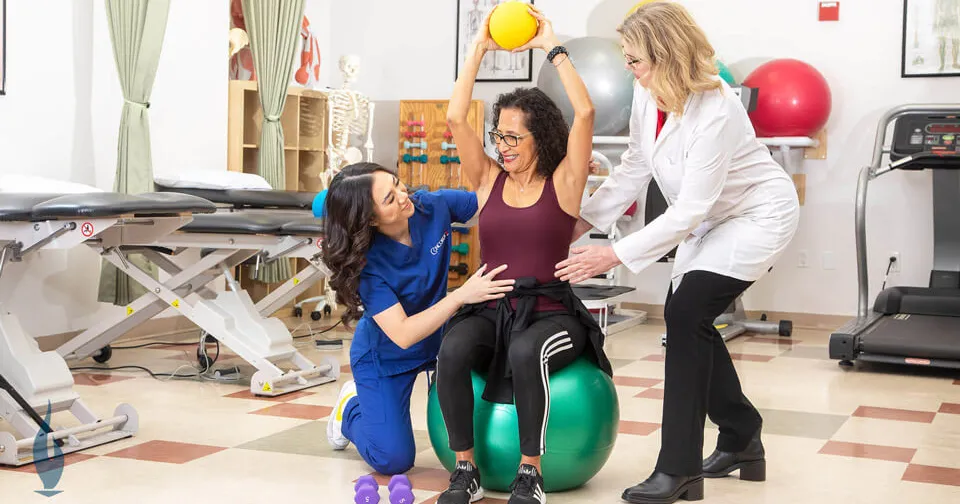
Sudden injuries in sports can happen suddenly and often lead to critical issues for players. These traumas can range from sprains and strains to fractures and concussions. To help prevent these injuries, it is crucial to adopt focused preventive strategies. These strategies focus on awareness, appropriate preparation, gear use, and overall well-being maintenance. By tackling these key areas, athletes can significantly lower their risk of suffering from acute injuries while engaging in their beloved activities.
One effective approach to minimizing the likelihood of injuries is through instruction. Players, trainers, and guardians should be informed about the common types of traumas associated with particular sports. Understanding the dynamics of these traumas allows all involved to recognize the signs and symptoms early. Informative workshops or seminars can assist teach athletes about proper techniques and the significance of warming up before games or practices. This knowledge enables athletes to take responsibility for their well-being and motivates them to communicate any worries about possible traumas.
Another crucial preventive strategy is adequate preparation. Athletes should engage in a comprehensive conditioning program that centers on building strength, flexibility, and endurance. Strength conditioning helps build the muscles that stabilize joints, lowering the likelihood of traumas. Flexibility routines, such as stretching, can improve the range of motion and decrease the chance of muscle tears. Additionally, athletes should include sport-specific drills that simulate game situations, which can help them become more acquainted with the actions involved in their selected activity. Coaches play a crucial role in developing and implementing these training programs to ensure they are safe and efficient.
The use of suitable gear is also essential in reducing acute injuries in athletics. Players should always wear the appropriate equipment for their specific activity, including helmets, pads, and suitable footwear. For example, football players need helmets to shield against head injuries, while soccer players require shin guards to protect their legs from impact. It is crucial that equipment fits correctly and is maintained regularly to guarantee it provides the intended protection. Trainers and parents should encourage players to take the time to choose and use the appropriate gear to reduce their risk of injury.
In addition to education, preparation, and equipment, maintaining overall well-being is crucial for trauma avoidance. Athletes should emphasize proper nutrition, hydration, and rest to keep their bodies in top shape. A balanced diet rich in vitamins and minerals aids support muscle recovery and overall athletic performance. Staying hydrated is also crucial, as dehydration can lead to exhaustion and heighten the risk of traumas. Lastly, getting enough rest is vital for recovery and upholding use this link focus during training sessions and matches. By promoting good well-being habits, athletes can improve their performance and reduce their risk of suffering from acute injuries.
In summary, minimizing the likelihood of acute traumas in athletics requires a multifaceted approach that includes education, proper training, appropriate equipment, and overall health maintenance. By focusing on these specific protective strategies, athletes can better protect themselves from the dangers of injuries. Coaches, parents, and athletes all have important roles to play in fostering a safe athletics environment. By cooperating together and emphasizing safety, the enjoyment of athletics can persist without the disruption of serious traumas.